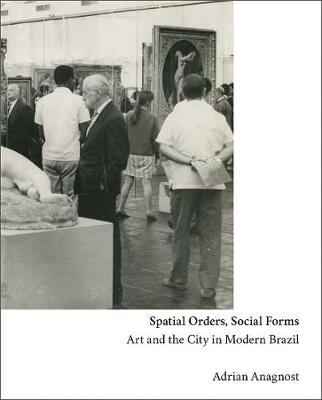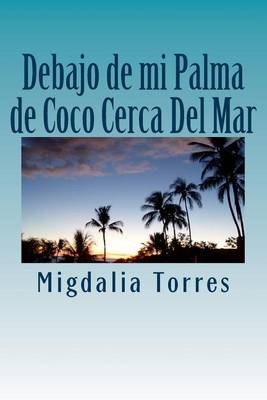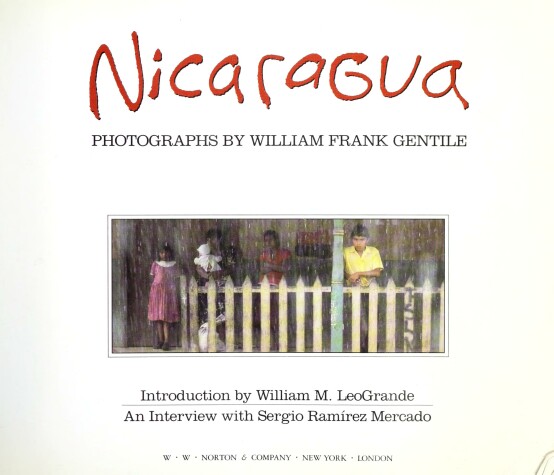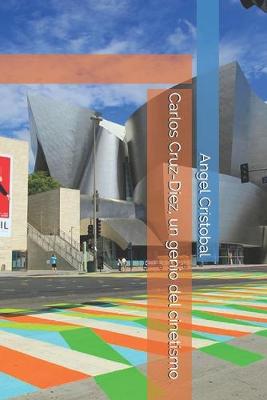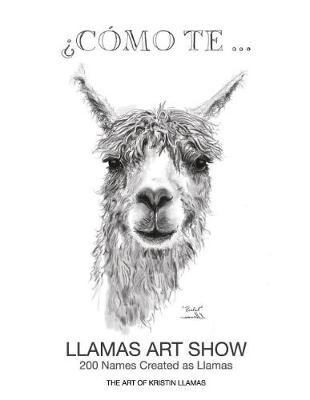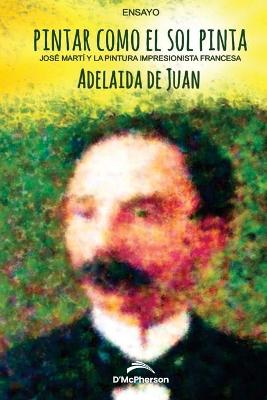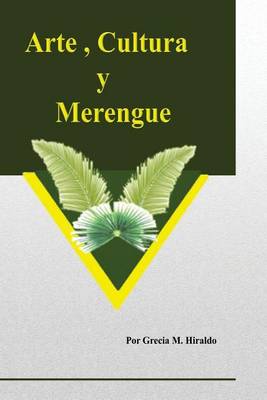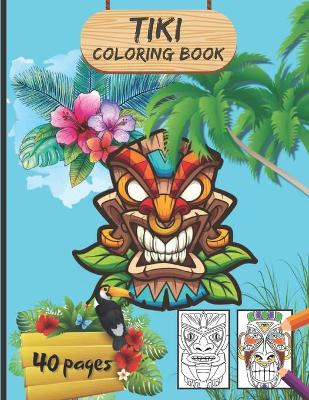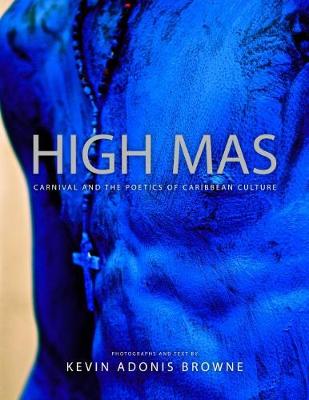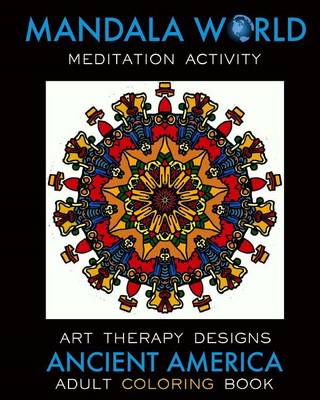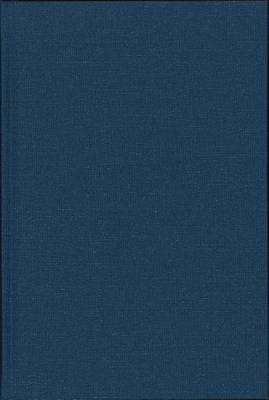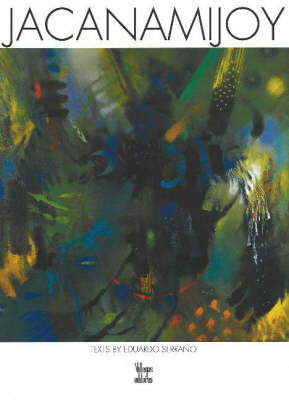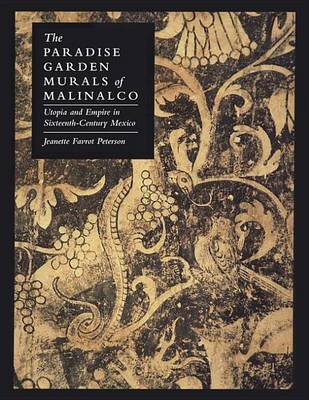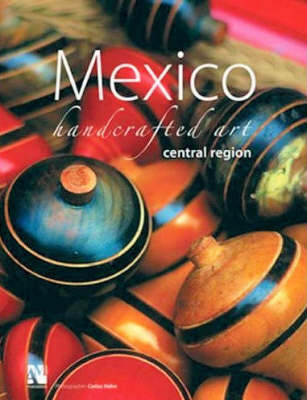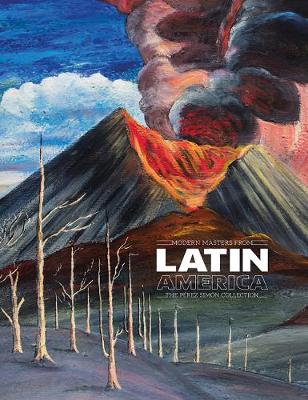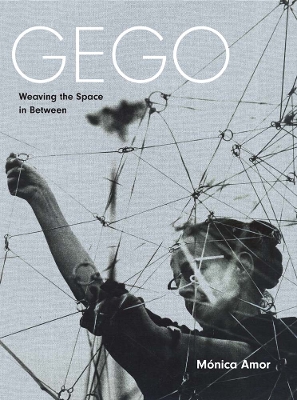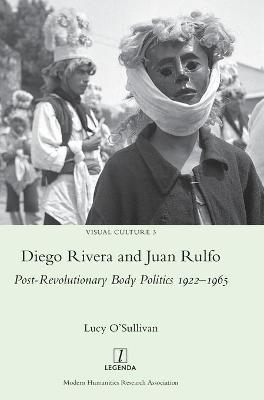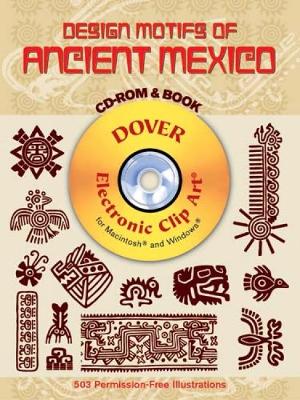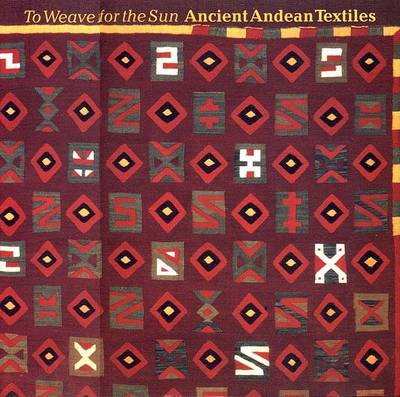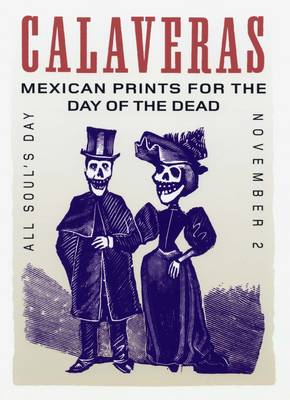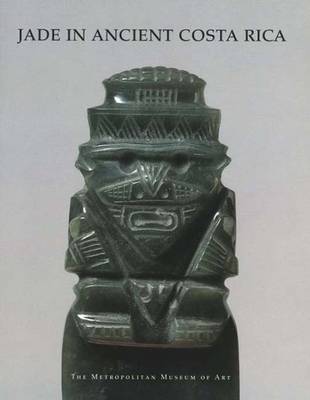A fascinating look at modernist urban planning and spatial theories in Brazilian 20th-century art and architecture Exploring the intersections among art, architecture, and urbanism in Brazil from the 1920s through the 1960s, Adrian Anagnost shows how modernity was manifested in locally specific spatial forms linked to Brazil’s colonial and imperial past. Discussing the ways artists and architects understood urban planning as a tool to reorganize the world, control human action, and remedy soci...
Concrete Cuba: Cuban Geometric Abstraction from the 1950s (Limited Edition): Estaticos IV
by Abigail McEwen and Susanna Temkin
Nicaragua has become an American obsession. Although its population is less than Oklahoma's, it drove the Reagan administration into desperate acts such as the covert mining of its harbours and the Iran-Contra fiasco. But through it all, the country and its people have remained an enigma. William Gentile's camera probes deep into Nicaragua and discovers a simple, innocent people trying to make a life amid a brutal war. An interview with Sergio Ramirez, internationally respected author and vice p...
Carlos Cruz-Diez, un genio del cinetismo (Coleccion Bellas Artes, #6)
by Angel Cristobal
Veinte Obras Maestras del Arte de Los Argentinos
by Ignacio Gutierrez Zaldivar
Overall Winner of the 2019 OCM Bocas Prize for Caribbean Literature High Mas: Carnival and the Poetics of Caribbean Culture explores Caribbean identity through photography, criticism, and personal narrative. Taking a sophisticated and unapologetically subjective Caribbean point of view, the author delves into Mas-a key feature of Trinidad performance-as an emancipatory practice. The photographs and essays here immerse the viewer in carnival experience as never before. Kevin Adonis Browne divul...
The Relacion de Michoacan (1539-1541) is one of the earliest surviving illustrated manuscripts from colonial Mexico. Commissioned by the Spanish viceroy Antonio de Mendoza, the Relacion was produced by a Franciscan friar together with indigenous noble informants and anonymous native artists who created its forty-four illustrations. To this day, the Relacion remains the primary source for studying the pre-Columbian practices and history of the people known as Tarascans or P'urhepecha. However, mu...
The valley of Malinalco, Mexico, long renowned for its monolithic Aztec temples, is a microcosm of the historical changes that occurred in the centuries preceding and following the Spanish conquest in the sixteenth century. In particular, the garden frescoes uncovered in 1974 at the Augustinian monastery of Malinalco document the collision of the European search for Utopia with the reality of colonial life. In this study, Jeanette F. Peterson examines the murals within the dual heritage of pre-H...
Mexico Handcrafted Art: Central Region
by Fernando de Haro and Omar Fuentes
An authoritative study of Gego, whose distinctive modernist practice sits at the intersection of architecture, design, and the visual arts This important book is the first extended study of the life and work of German-born Venezuelan artist Gertrude Goldschmidt (1912–94), known as Gego. In locating the artist’s contribution to postwar art and her important place in the global conversations around modernity, Mónica Amor explores her intermedial practice as a model of cultural complexity at the...
Diego Rivera and Juan Rulfo (Visual Culture, #3)
by Lucy O'Sullivan
Design Motifs of Ancient Mexico CD-ROM and Book (Dover Electronic Clip Art)
by Jorge Enciso
Textiles were the Incas' most prized possessions. Their first gifts to European strangers were made not of gold and silver, but of camelid fibre and cotton. They believed that the highest form of weaving was created expressly for the sun, which they considered the greatest of the celestial powers. This book uses this image to symbolise Andean tradition as a whole and documents the collection of ancient and Colonial Andean textiles in the Museum of Fine Arts, Boston, which is among the most compr...
A review of current information on the jades and in their archaeological context, images and relationship to the jades of Mexico and the Maya area.
